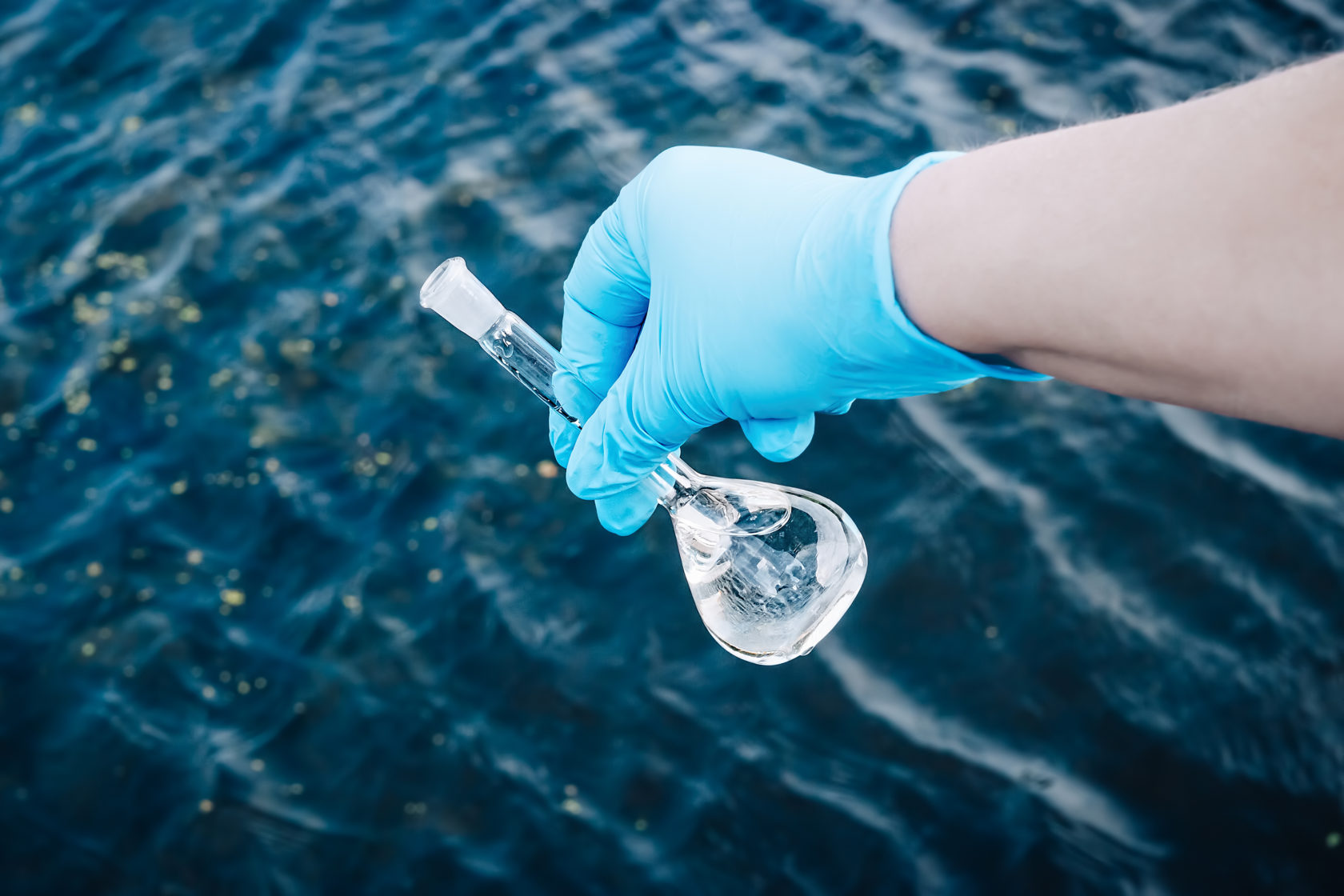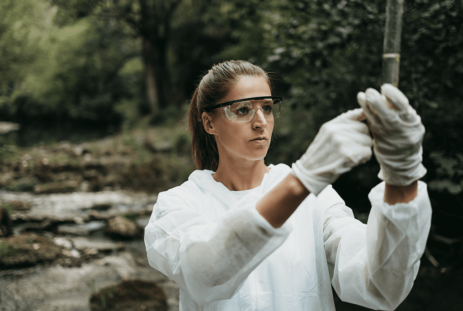
Safeguarding Our Most Precious Water Resources
AN IMPACT STORY
Making intelligent, data-based decisions about water use, conservation and ecosystem management.
Global water consumption is predicted to rise 85 percent by 2030, driving demand that will outstrip supply by more than 40 per cent.
Despite these troubling predictions, Canada does not have a common approach to measuring, defining and leveraging data on the health of our myriad bodies of freshwater. That void is being filled by the Fresh Water Data Commons, a project led by Carl Data Solutions in collaboration with organizations such as Teck Resources, Astra Smart Systems, i4C Innovation, Living Lakes Canada, Microsoft, the University of Victoria and Genome BC.
Together, the resource sector, digital companies, and not-for-profit organizations are developing a technology to help every part of Canada, and the world, harness data to protect supplies of freshwater and dependent ecosystems, foster sustainable development and monitor the impacts of climate change.
The Fresh Water Data Commons project is initially focusing on an area in southeastern British Columbia, near Kimberley. Living Lakes Canada and regional partners will deploy a network of low-power, low-cost sensors to collect real-time data on water quantity, quality, climate and precipitation. This data set will allow the surrounding Columbia Basin to be analyzed in real time and build a holistic understanding of the relationships between water quality, microorganisms and active industries in the area.
“For the Columbia Basin and the West Kootenays, it really shows that we can do projects with rural organizations and be extremely successful at a global level,” says Pilar Portela, CEO of Astra Smart Systems.

Carl Data has developed a highly scalable real-time analytics platform that is “like a canary in the coal mine in that it can give advance notice of problems, and then track down and provide information on the scope of the problems,” says Greg Johnson, CEO of Carl Data.
Likewise, the relationships and partnerships forged by the Digital Technology Supercluster will speed the development and global distribution of biomonitoring products based on the Fresh Water Data Commons technology, adds Johnson.
As well as generating data for long-term environmental studies to examine the health and biodiversity of the environment and the impacts of climate change, the project is focused on preventing all manner of accidents and disasters through predictive analysis, Johnson explains.
“Tailings pond monitoring is a prime example. This type of system allows us to take the information from existing data sources, like weather stations, and then overlay third-party data. If springtime in B.C. is very wet, and then suddenly there is a high temperature snow-melting event, it can be a perfect storm for tailings pond leakage and overflow. Running an algorithm in the background, our system can sound the alarm when specific conditions meet danger criteria.”
Another example is COVID-19. Through its FlowWorks subsidiary, Carl Data has adapted its data collection and monitoring application to assist in the detection of the COVID-19 virus in wastewater. “This allows municipalities to do sample testing of their wastewater infrastructure and follow the data all the way to the source of the problem, be it lead contamination, an E-coli outbreak or COVID-19,” Johnson says.

